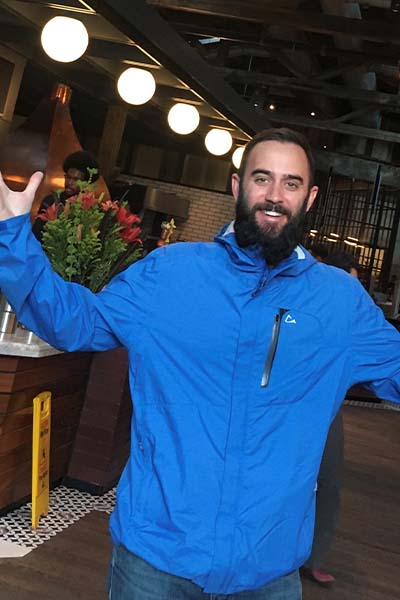Here’s the way to create indelible tourism memories: deliver completely unexpected, fabulous, and highly personal guest service. Also, spoiler alert…there’s a story in this piece about my trip to Spain that’s going to horrify my mother. (Mom, if you’re reading this, I’m sorry. I’m older now and I won’t do it again.)
Tourism businesses – hotels, airlines, attractions, cruise lines, tour companies, etc. – often invest a ton of money and labor developing comprehensive guest service programs and amenities. And those bring value to the tourism experience, no doubt. But the simple truth is that PEOPLE create the unexpected, joyful moments that make the most lasting impressions on guests. Moments like these ultimately transform guests into ambassadors.
I travel for a living because I do tourism marketing and consulting work around the world. So that means I’ve stayed at hundreds of hotels in dozens of countries and have thousands of tourism experiences under my belt. Many of these have been utterly outrageous – like the time I stayed at a five-star luxury resort in the Caribbean for a grand total of 12 hours (including sleep) as part of an island-wide site assessment.
At this resort, I had my own butler, who literally unpacked my entire suitcase and pressed all my clothes and hung them…despite the fact that he was just going to fold and pack them all up again 12 hours later. When I came in from dinner that night, he had decorated the entire bathroom with flower petals and candles, drawn a bath, and had champagne chilling next to the tub for me. I was tempted to stay awake all night just so I could see what he’d do next.
You’d think an experience like that would be near the top of my “best hospitality experiences” memory list, right? But no…and not because it was too short-lived to enjoy it. It’s because there’s nothing extraordinary about that level of service at that type of resort. Don’t get me wrong, it was absolutely lovely and I enjoyed every second of it. But it all followed a carefully planned script that was delivered uniformly to all guests. Plus, for the price of that suite, it was completely expected. Indeed, I’d have been disappointed if the service had been anything less.
So no…those types of experiences don’t top my “best hospitality experiences” list. In fact, all of the experiences that have made a lasting impression on me and turned me into a loyal, enthusiastic ambassador for each organization have just two things in common: 1) they were completely unexpected, and 2) they happened because an employee I encountered went out of their way – and off script – to bring me joy.
And here’s the best part: most of the experiences cost the business absolutely nothing to deliver.
So here, in no particular order, are 10 of my most unforgettable, unexpected, and completely fabulous tourism guest service experiences.
- I was offered a home-cooked meal.
When I called the Torrent River Inn in Hawke’s Bay, Newfoundland to make a one-night reservation that split up a 10-hour drive for me, I asked what dinner options would be available for my late evening arrival. Turns out, the inn is in the middle of nowhere, AND their restaurant would be closed, AND it was Canadian Thanksgiving that day. Guess what? The employee on the phone – who was not the owner, btw – offered to bring me a plate of food from her family’s Thanksgiving dinner when I arrived. She wasn’t even going to be working that night.
- I was sent the souvenirs I regretted not buying.
As I was checking out of the Henry Jones Art Hotel in Hobart, Tasmania, the bellman asked me what I was going to regret most about leaving their beautiful island. I didn’t even have to think about it: I had seen a mug at a touristy store in town that cracked me up and was just sooooooo Tasmania. But not being “that kind” of a souvenir buyer as a rule (I’m more likely to buy a local recipe book or items made by a local artisan), I didn’t buy it. But as soon as he asked me what I would regret about leaving, not buying that mug was the first thing that came to mind. When I got home to New York three weeks later, guess what was waiting for me? A set of four of those mugs, compliments of the hotel.
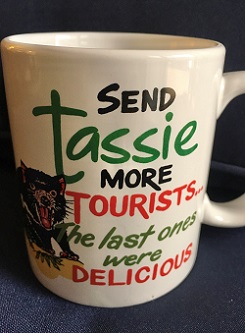
- They brought me handpicked wildflowers.
My stay at the York Harbor Inn in Maine began horribly: the night I arrived, I realized I had strep throat. It took a bit of time to get the right meds, so for 72 hours I stayed feverishly holed up in my room. Ultimately I even had to extend my stay because I was too sick to leave. On the day I emerged from the room for the first time, I let housekeeping know I was stepping out for a while so they could go in and fumigate (bless them). When I got back, besides the room being sparkly clean, there was a jar filled with wildflowers and a note: “We’re so glad you’re feeling better. Love, the Housekeepers at the York Harbor Inn.”
- They made me a pillow.
In what might just be the greatest guest service experience of all time, this housekeeper made history for me. At the hotel that has since been rebranded as Hotel Halifax in Nova Scotia (but don’t worry, the staff is the same and the service is just as exceptional), Sandra the housekeeper recognized that I was using a towel in a pillowcase every night during my stay…and then she started making towel pillows for me on her own. Let me be clear: I do this in hundreds of hotels and no housekeeper has EVER done anything other than remake the bed with fluffy pillows intact and towels hanging back in the bathroom where they belong. So to discover Sandra’s towel pillow with a special note to me was like the greatest surprise of my tourism life. In fact, when I blogged about the story, it was shared over 100,000 times and even earned Sandra and the hotel an award from their corporate brand. Read here How One Housekeeper Won My Brand Allegiance…and My Heart.
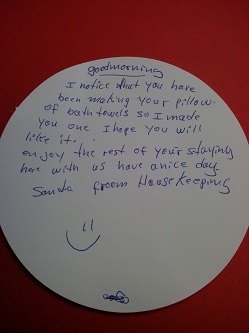
- I was given free coffee and treated like a celebrity.
To this day, I still don’t know how she did it. When I walked into the sundries store at Smugglers’ Notch Resort in Vermont to get a cup of coffee, the cashier told me she knew who I was and the coffee was on the house. Yes, I was there to deliver the inspirational keynote speech at the resort’s season-opening employee rally. And yes, it’s not like they had a ton of guests roaming around just before ski season started. Maybe they had sent around my picture to all staff or posted it in the employee breakroom, or maybe she just figured the one stranger in the shop HAD to be the day’s guest speaker. Or maybe – could it be? – she remembered me from when I spoke there a year prior, even though we hadn’t met. But you know what? I don’t want to know. It’s way more magical not knowing. I was just recovering from a grueling, white-knuckle nine-hour drive in a snowstorm to get there, and to be unexpectedly recognized by a random staffer and given free coffee was just the BEST THING EVER.
- There was a dog waiting in my room.
While presenting a tourism community workshop on developing hotel packages and experiences at the Rodd Miramichi River Hotel in Miramichi, New Brunswick, I jokingly suggested that it would be awesome if hotels could offer a dog as part of a stay. As there were many dog lovers in the audience, we bounced that fun topic around a bit and everyone learned how passionate I am about dogs. Turns out, the general manager of the hotel happened to be in the audience for that workshop. He secretly texted a hotel staff member to quickly go buy a toy dog (It barks! It moves!). By the time I finished that workshop two hours later and went up to my room, that dog was waiting there for me…complete with dog bed, treats, and a special note from the hotel. Tourism guest service doesn’t get more unexpected and fabulous than that.
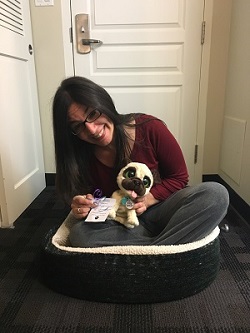
- I got extra dumplings just because I asked for them.
While at legendary restaurant Buddakan in NYC, my indecision between two appetizers prompted me to order one and then mischievously ask if I could just taste ONE dumpling from the other… just so I’d know for next time. Imagine my surprise when – in addition to the appetizer I ordered – the server brought out an ENTIRE dish of Szechuan pork dumplings instead of just one…and then told me there was no charge for them. That simple act of kindness (and investment) earned them my loyalty, return visits, and about a zillion referrals. In fact, I did the math at the time and their ROI for that one gesture was so strong that I wrote about the experience here: You Can’t Find Love on a Spreadsheet.
- I got into a sold-out bullfight in Spain against all odds.
There was not a ticket to be had for the high-profile bullfight happening when I was staying in Madrid. Watching a bullfight is not for the faint of heart, but I had no intention of leaving Spain without experiencing such a rich cultural tradition. When I asked the concierge at my hotel, which has since been rebranded as the ME Madrid Reina Victoria, I learned that there was no way I could snag a ticket without giving up my retirement savings. I went away sad. Until the next day, when he took me aside at breakfast and told me a family he knows agreed to let me join them, no charge. TBH, it was like being in witness protection: I was taken to an appointed street corner on the back of a motorbike by one of the hotel’s dishwashers, met there by a niece in the family, handed off to a cousin in a café near Las Ventas Bullring, and then – no lie – smuggled into the arena by the family. This incredible group of nearly 30 people shared their food & drinks with me, educated me on the whole spectacle of bullfighting as it unfolded, and introduced me to nearly every person in our section of the arena. And they wouldn’t accept a dime. It was truly one of the best days of my life, being embraced by these strangers and immersed into their culture. It was only the next day that I realized I was lucky that all those witness-protection-style-logistics didn’t end up with me being sold on the black market to a world of unpleasant things. Ah, to be young and blindly trusting again.
- They protected my cupcakes to the death.
When I arrived at the WestJet check-in desk at LaGuardia Airport enroute to Newfoundland by way of Toronto, I had 875 cupcakes in tow. My goal: get those cupcakes all the way to St. John’s, NL, in one piece – frosting intact – to deliver as a surprise at a tourism industry speech. I was a nervous wreck because we all know baggage handlers aren’t always the most gentle caretakers, but there was simply no other way to get these cupcakes there fresh and on time. Enter Jesse and Alex at WestJet. They dove right into being co-conspirators on “Operation Cupcake Surprise,” and took personal responsibility for marking the boxes and shepherding them to the plane. Then, at the gate, they introduced me to the baggage supervisor who personally stacked my boxes on board in a cool dry area, making sure they were all upright. And they alerted the flight crew of the precious cargo to ensure my cupcakes and I got the same extraordinary treatment when we changed planes in Toronto. The cupcakes were in perfect condition upon arrival. PS – they even gave me an upgrade. #fan4life
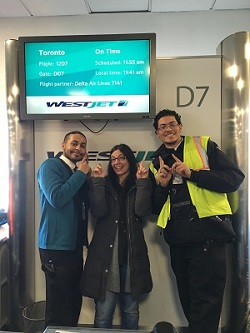
- Someone bought me a hairdryer.
While staying at The Peninsula Chicago, I needed a hairdryer with a special attachment as mine broke during the arrival flight. They didn’t have it at the hotel, so on my way out to my dinner meeting, I asked the concierge for help locating a place to purchase one. Requirements: it had to be on my route to/from dinner, open in the evening, and definitely have it in stock. I told him I was absurdly pressed for time that night, but needed it for 5am the next morning to groom for a big presentation. The concierge instantly responded to my stress level and just said “go to your dinner, I’ll take care of it for you.” When I got back to my room that night, the hairdryer was sitting on my bed with the money I gave him to buy it and a note on the box: “This one’s on me. Knock ‘em dead tomorrow.”
You see? It’s PEOPLE that make the most lasting impressions. PEOPLE create the unexpected and fabulous guest service moments in tourism. And those moments become marketable. They create ambassadors for your brand.
So if you’re a tourism business, the moral of the story here is this: 1) hire kind people who like to make others happy, and 2) give them the freedom – within reason – to put that skill into practice with your guests.
Oh and here’s a tip: do NOT let ridiculous and out-of-touch corporate policy override guest happiness. The chocolate chip cookie policy at this resort is another experience I’ll never forget…but not in a good way.
 get travel marketing tips
get travel marketing tips 
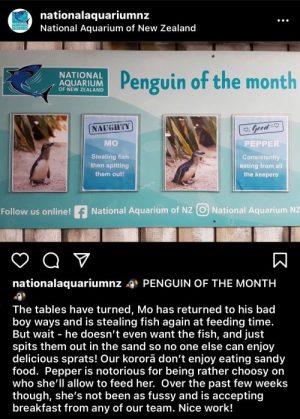
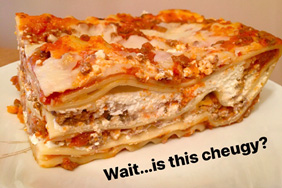
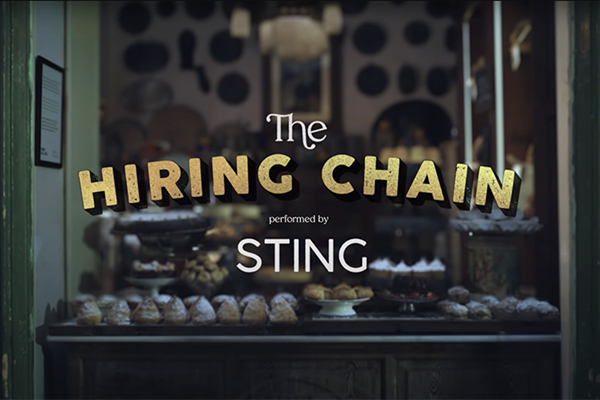
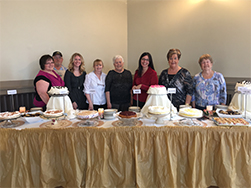
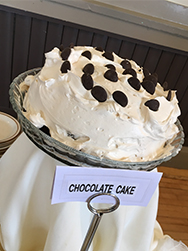
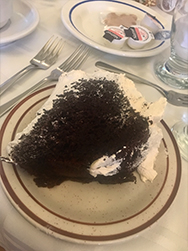
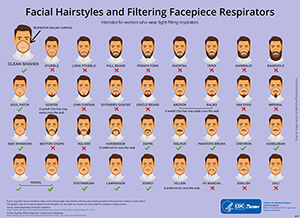
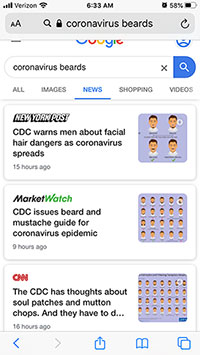
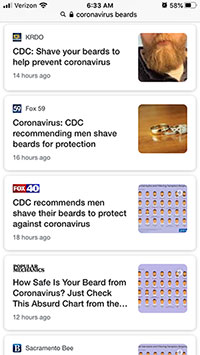
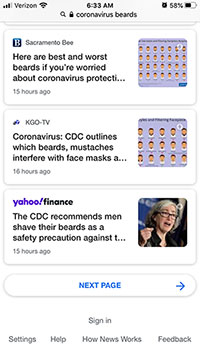
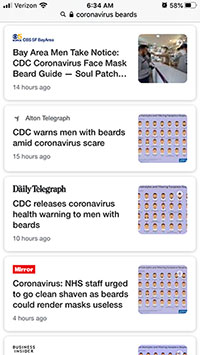
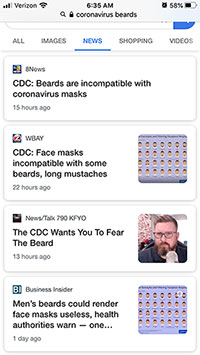
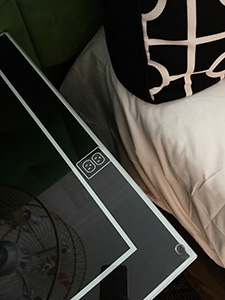
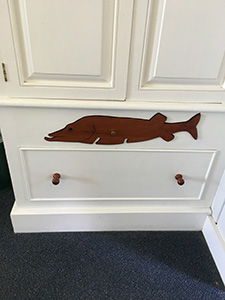
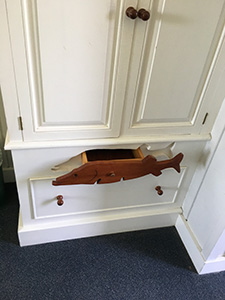
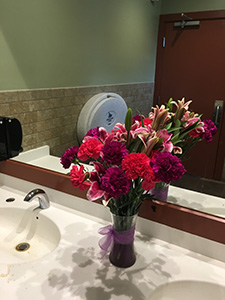
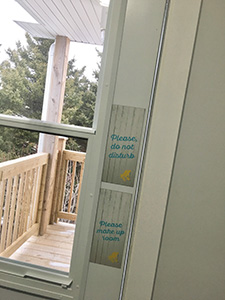
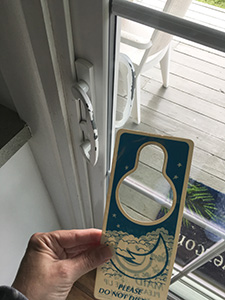
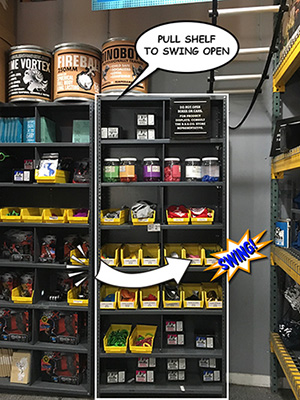 One section of the fully-stocked shelves actually swings out (if you know the trick) as a secret door. What’s behind the secret door? A classroom, where kids can experience workshops to foster their creative writing and imaginative thinking skills. There are evening and weekend sessions for kids aged 6 – 18, and they also offer after-school programs, host school field trips, and more.
One section of the fully-stocked shelves actually swings out (if you know the trick) as a secret door. What’s behind the secret door? A classroom, where kids can experience workshops to foster their creative writing and imaginative thinking skills. There are evening and weekend sessions for kids aged 6 – 18, and they also offer after-school programs, host school field trips, and more.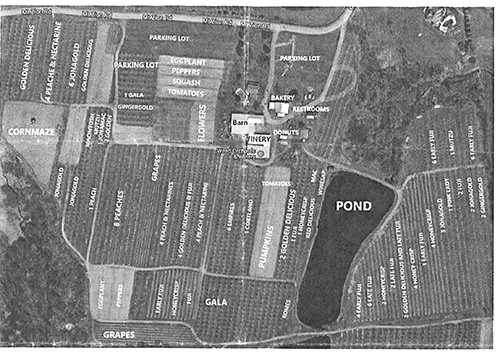 Onsite Marketing:
Onsite Marketing:


